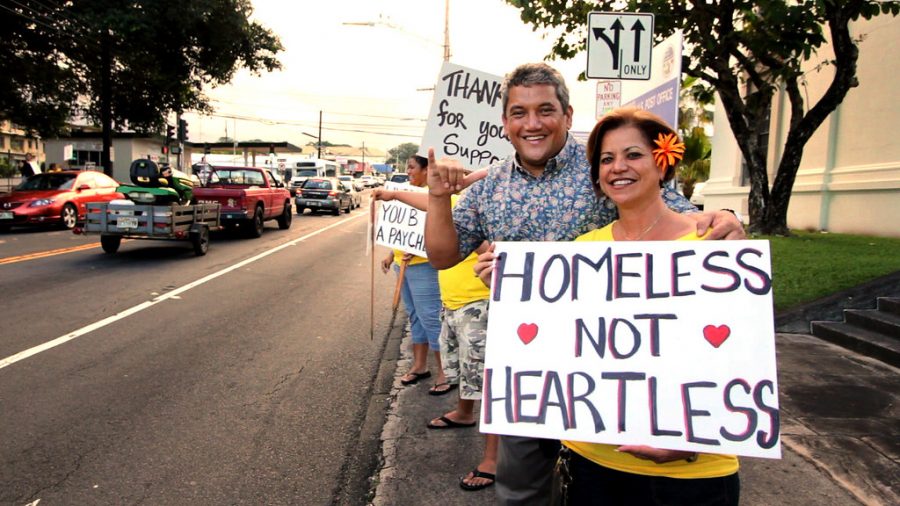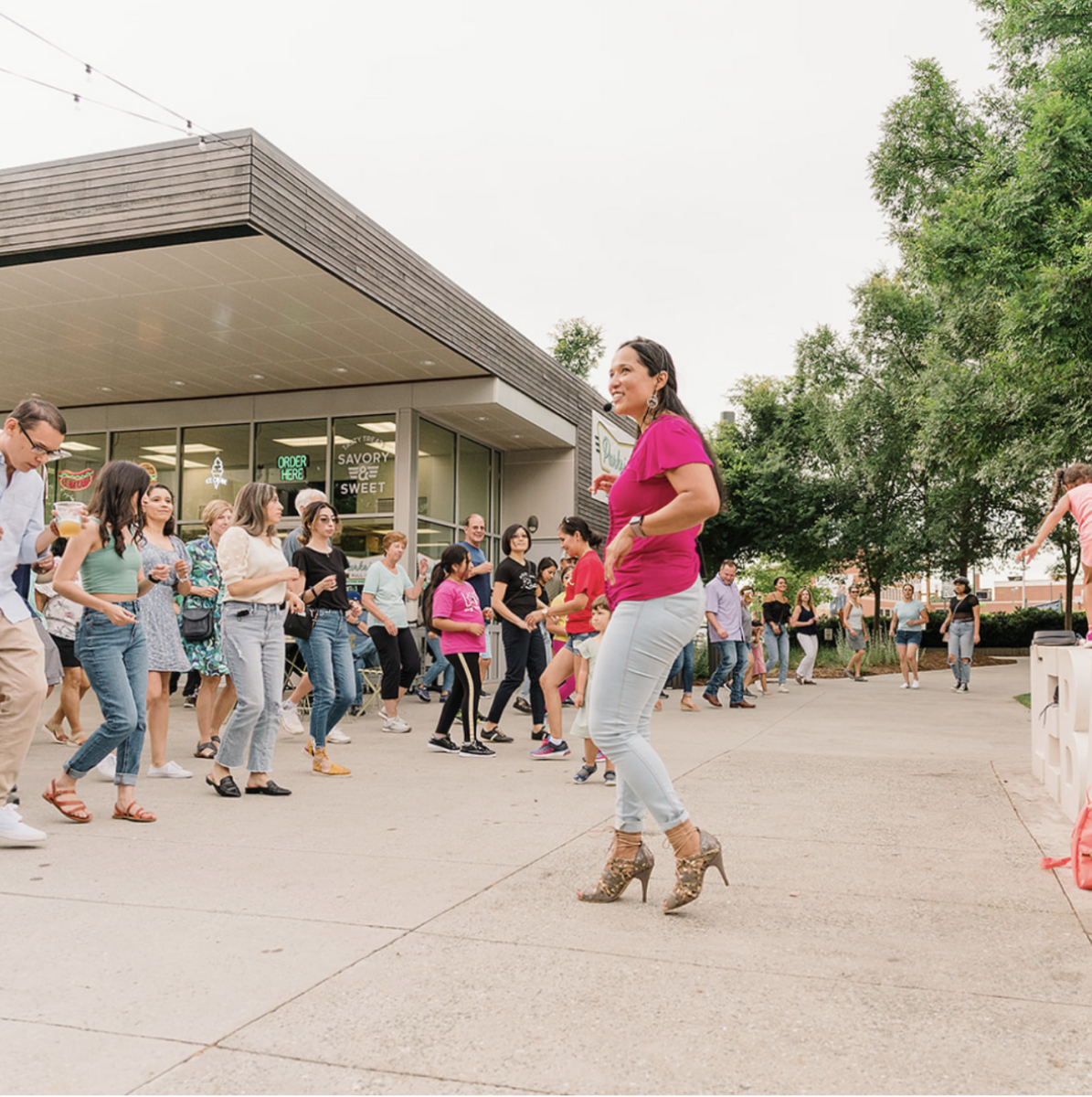Designed to educate communities and draw attention to poverty, National Hunger and Homelessness Awareness Week began in November of 1975 at Villanova University and is recognized from November 16 until November 24, this year.
Homelessness is an increasing issue within the United States that many are trying to put an end to.
In January 2018, 552,830 people were counted as homeless in the United States, According to whitehouse.gov. Of those, 194,467 (35 percent) were without shelter and 358,363 (65 percent) were sheltered.
Hunger and homelessness can result from numerous social issues such as; lack of affordable housing, unemployment, lack of needed services (food stamps, section 8 housing), substance abuse and other unfortunate dilemmas.
During this week, people take time to consider what they’re thankful for and many choose to donate their time, attention, and resources to others.
Prior to Thanksgiving, the National Coalition for the Homeless and the National Student Campaign Against Hunger and Homelessness sponsor this week with the help of community leaders.
One of the primary intentions is to continue to build up a foundation of volunteers and supporters for local anti-poverty agencies. Communities and organizations spend this week finding ways to shed light on hunger and homelessness by hosting events such as soup kitchens and donation drives to engage their communities.
More than 700 colleges, high schools, and organizations across the country come together during this week to educate and raise awareness about the critical issues of hunger and homelessness.
There are many ways to get involved and help the homeless. Donating money, clothes, and food is extremely helpful as well as volunteering at local shelters and churches. Advocate against hunger and homelessness, and support organizations to engage others.







